Our Mysterious Ocean
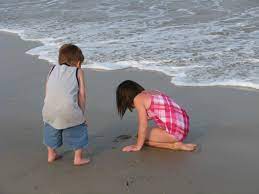
Despite having spent many a day on the beach at Coney Island in my younger years, I have never developed a love of the oceans; nevertheless, I have never been oblivious to its importance. Life began in the sea and the sea has nourished the biosphere from time immemorial. Regardless of its significance, we have been poor stewards in this regard. The sea has been used as a giant garbage dump and its fishstocks have been ravaged in too many places.
Seagrass? Surely, You Joke!
But just as trees and other plants are the background of the terrestrial world, there is more happening below the surface of the ocean to than we would think. Today I would like to introduce you to seagrass. This is quite literally a grassy plant that grows beneath the surface of the waves and is important in so many ways to maintaining the ocean’s bounty.
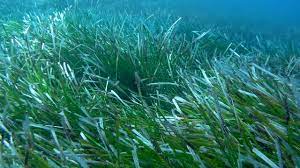

Flowers and green plants are a familiar l part of our terrestrial world, but a group of formerly terrestrial plants has returned to the oceans – the seagrass species otherwise known as eelgrass. Seagrass is comprised of approximately 72 species divided into four major groups – Zosteraceae, Hydrocharitaceae, Posidoniaceae and Cymodoceaceae. Their leaves resemble those of grasses and the name Zosteraceae is based on the Greek word zoster, referring to the narrow belt worn by men in ancient times.
Underwater Reproduction – Sexual and Asexual
In fact, sea grasses are monocots – a term referring to embryonic seed development – and are related to the terrestrial grasses growing all around us, and bamboos. The plants also have veins, roots and complete the picture with flowers and pollen despite their briny habitat. It is hard to imagine such a hit-or-miss situation; note, however, that many early plants such as mosses and watery creatures such as fish and sea urchins all fertilize eggs underwater.
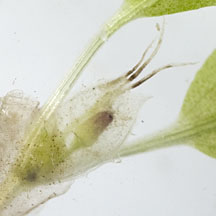
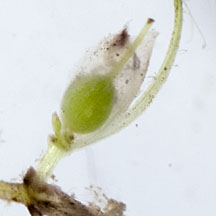
In addition to sexual reproduction, seagrasses also have an asexual option. They send rhizomes out from the base of thriving plants and can, very gradually, cover large areas of the coastal sea floor. One such patch by a Mediterranean seagrass, Posidonia oceanic, is thought to be about 200,000 years old. Other familiar plants that spread by rhizomes is the bamboo, bearded iris, snake plants and wild type (orange) daylily.
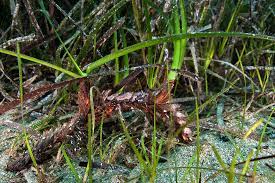
Evolutionary Changes on the Journey Back to the Water
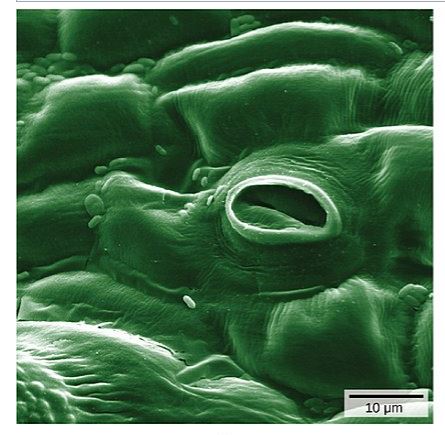
Our present-day seagrasses started returning to the ocean approximately 100M years ago. Even more surprising, this move back to a marine environment seems to have happened several different times. One adaptation required by their new environment was the deletion of their stomata – those tiny pore openings in leaves which control water and gas exchanges in the normal open-air environment. Instead, the outer covering of the epidermal layer of the leaf has a thinner cuticle. allowing gasses and necessary nutrients to diffuse directly into the leaves. With a watery barrier protecting them, they have lost various genes involved in protection from ultraviolet light. What they did gain were genes that allow them to function in a high-salt environment.
Seagrasses live beneath the surface of ocean waters or brackish waters (partially salty) on gently sloping coastlines. Most live in waters of 3-9 feet deep although Halophila decipiens, a pantropical species, has also been found at 190 feet below the surface. A pantropical species is one that is found in the contiguous tropical regions of both hemispheres.
To be Continued………
If you are enjoying my writings, please consider buying my book.
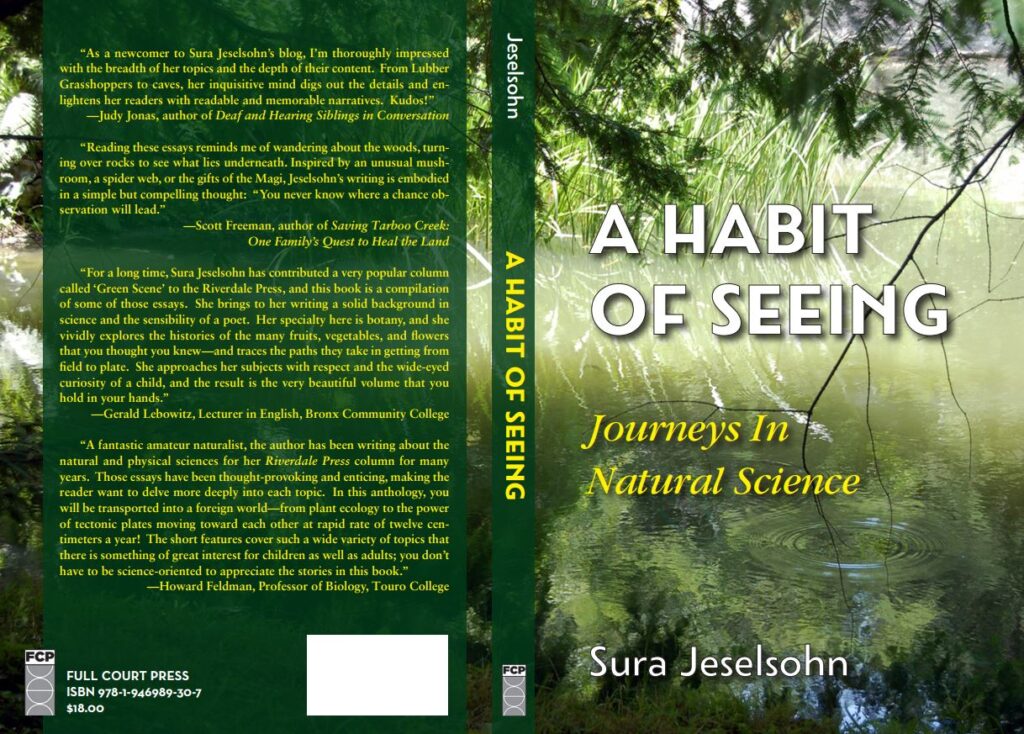
Learning something new everyday. Thank you.
I’m looking forward to part two. So interesting! Thank you. Esther
Thank You … very interesting